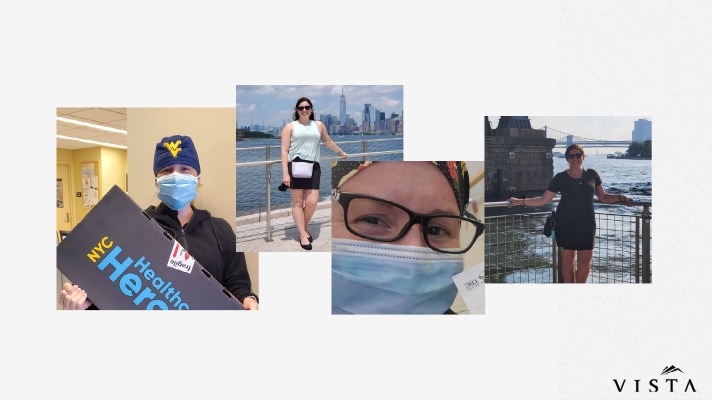Nurse Practitioners in Primary Care

A key challenge associated with the physician shortage throughout the United States is finding qualified professionals to handle primary care. Physicians have limitations on the number of patients they are able to see in a set time frame and may focus on specialized areas of medicine. Nurse practitioners in primary care are expected to grow by roughly 93 percent by 2025, a trend that may help relieve the pressure caused by the shortage.
Benefits of Nurse Practitioners in Primary Care
One advantage associated with nurse practitioners is their greater willingness to work in rural and underserved communities. Compared to physicians, nurse practitioners are also more willing to move to areas with a limited number of medical professionals.
Medical facilities may also benefit from cost savings. Nurse practitioners are considered mid-level providers due to the level of training required for the role. The result is that a nurse practitioner’s salary is less than a physician’s salary. While exact differences may vary by state and local area, it is usually around half of the cost.
Nurse practitioners allow the facility to offer a greater level of care to patients by ensuring that physicians are not facing a burn-out due to the high number of individuals they must-see.
Limitations of Working with Nurse Practitioners
Despite the positive outcomes associated with nurse practitioners in primary care positions, some limitations apply. The first limitation to consider is each state’s laws and regulations. States fall into three categories: full practice, reduced practice, and restricted practice for nurse practitioners.
A full practice state is one where the nurse practitioner does not need physician oversight to offer primary care to patients. They are able to offer check-ups, order tests, diagnose health conditions, and prescribe medications. Meanwhile, a reduced practice state limits a nurse practitioner in at least one way when compared to a physician. A restricted practice state requires that nurse practitioners are always under the supervision of a medical physician or doctor to provide primary care.
Reforming Legal Standards
There is a push to reform nurse practitioner laws on a federal level. One recommendation is to remove scope-of-practice barriers that apply to many states. These regulations limit the amount of assistance a nurse practitioner may offer to patients.
A step towards removing those barriers would be amending Medicare to cover services from a nurse practitioner. It is also recommended that nursing programs for nurse practitioners implement a residency program to enhance student education further.
Hiring a Nurse Practitioner as Locum Tenens
Nurse practitioners positively impact primary care practices. They help with the burden of patient care in over-burdened or underserved areas. They also assist with preventative care to reduce the risks to patient health. When a facility is looking for a professional who can handle the challenges of a locum tenens role, a nurse practitioner may be the right individual to address the concerns.
Nurse practitioners have a high level of training in nursing and medical care. Depending on state laws, they may offer treatments to patients or provide primary care to assist with patient health. While some limitations may apply to their services, they help alleviate the burden on local physicians and reduce the risk of a burn-out to ensure that patients have access to care.
Contact a VISTA expert today to get started.









